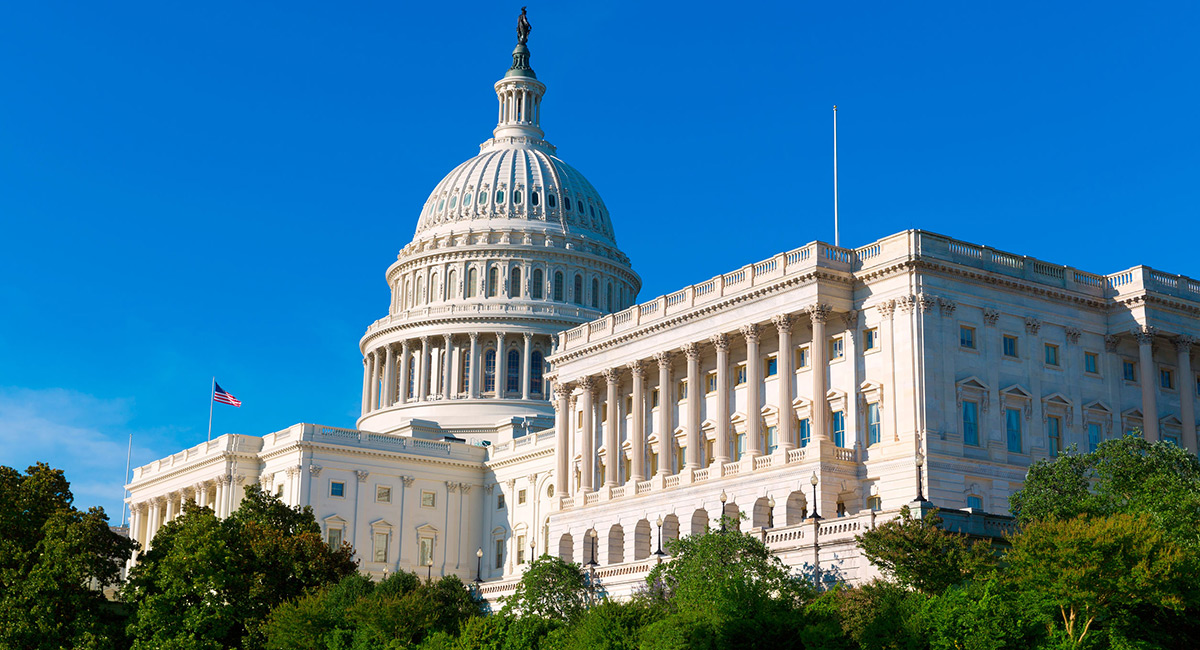The Supreme Court on Thursday refused to declare any part of Obamacare unconstitutional. That may be viewed as bad news by members of Congress—both on the right and the left. It means that legislators, rather than judges, must clean up a system that is failing us badly.
As more and more people have discovered that Obamacare does not meet their needs, many are turning to alternatives, including health sharing plans, limited benefit insurance, and short term, limited duration health plans.
Critics are calling these plans “junk insurance.” But if people are choosing them over insurance offered in the exchanges, what does that say about Obamacare?
According to its supporters, a primary benefit of Obamacare is protecting people who enter the individual market with pre-existing conditions. Yet people who leave an employer plan and shop for insurance in the individual market today will face three unpleasant surprises: higher premiums, higher out-of-pocket costs, and more limited access to care than a typical employer plan provides.
The Affordable Care Act triggered a race to the bottom by giving health plans perverse incentives to attract the healthy and avoid the sick. The most successful Obamacare insurers are Medicaid contractors. The plans that have survived in the exchanges look like Medicaid managed care with a high deductible.
Increasingly, Obamacare enrollees have been denied access to the best doctors and the best facilities. In Dallas, Texas, for example, no individual insurance plan includes Southwestern Medical Center, which may be the best medical research center in the world. In Texas generally, cancer patients with Obamacare insurance don’t have access to MD Anderson Cancer Center in Houston. This pattern is repeated all over the country.
How could the individual market be different?
In an ideal health care system, health plans would compete to attract patients with medical problems, instead of trying to avoid them. Plans would be allowed to specialize and become centers of excellence in such diseases as diabetes, heart disease and cancer instead of being required to be all things to all patients.
How could we make that work? We already know how.
There are two exchanges in our health care system—the Obamacare exchange and the Medicare Advantage (MA) exchange. In both systems, consumers choose among competing health plans during an open enrollment period. Buyers pay community-rated premiums regardless of health status, supplemented by government subsidies.
Neither program is perfect, but one is doing much better than the other. Enrollment in the Medicare Advantage program has been steadily growing. Almost four in ten Medicare participants are currently enrolled and the Congressional Budget Office projects the share will exceed half by the end of this decade.
By contrast, before Covid hit, enrollment in the (Obamacare) exchange was steadily falling. In the unsubsidized part of the market—with 40 percent of potential participants—enrollment dropped almost in half between 2016 and 2019.
The Medicare Advantage system works as well as it does because it uses a sophisticated risk-adjustment system to compensate healthcare providers for their participants’ pre-existing conditions. Medicare Advantage is the only place in our entire health care system where doctors who discover a worsening of a health condition in a patient can send the information to the insurer (in this case, Medicare) and get a higher premium payment for their health plan.
If Obamacare health plans were allowed to specialize and if the MA approach to risk adjustment were adopted in the Obamacare exchanges, health plans would have greatly improved incentives to care for the sick. This would give those on Obamacare the same options and quality of care now reserved for Medicare beneficiaries.
What about premiums and deductibles?
Currently, the Obamacare deductible can be as high as $8,550 for an individual and $17,100 for a family. If you combine the average premium people paid last year and the average deductible they faced, a family of four (without subsidy) had to pay $25,000 before they got any benefits at all from their health insurance plan. For families living paycheck-to-paycheck, this is like not having health insurance at all.
Young families with moderate incomes and very few assets will almost never choose a plan like that if they have an alternative. Their primary concern is knowing they can take a sick child to the doctor’s office or to the emergency room without having to worry about whether they can afford it.
So why not give people the kind of insurance that meets their medical and financial needs?
We should let families purchase coverage that works for them, including plans and arrangements that cover almost all the expenses of primary care and even chronic care, but not necessarily unlimited catastrophic care—if that is their choice.
If families could have the insurance they want and need, the safety net could be redirected. Instead of paying for emergency room visits for people who can’t afford the out-of-pocket expenses for primary care, public funds could be used instead to pay for very large expenses—those that are rare and unusual and difficult to insure for in the private marketplace.
The Supreme Court has spoken. Now, it is up to Congress to empower patientss and let markets work.












